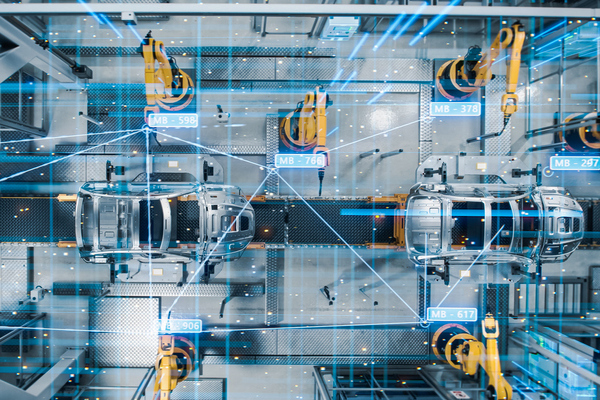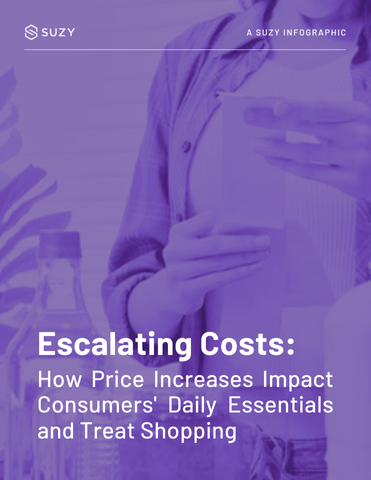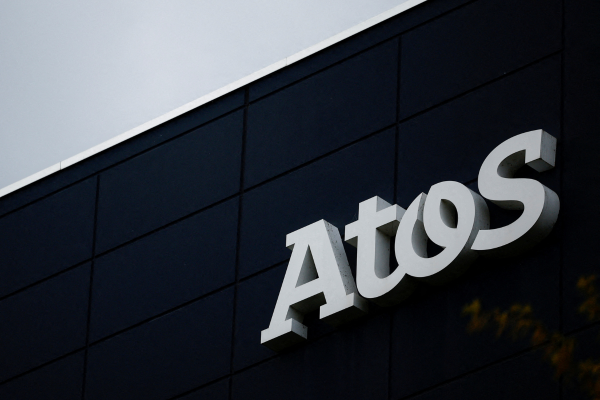Tech leaders need to increase cloud and AI investment in 2025
Forrester’s VP research director Paul McKay reveals how tech leaders can scale and enhance productivity with 2025 budgets

For 2025, technology architecture leaders are seeing some glimmers of hope in the wider economy, which is bringing some cautious optimism. Inflation is down from its record highs, and while cost pressures, economic volatility and geopolitical risk remain, tech leaders are planning to focus investment on the tech infrastructure, software and data assets required to realise the potential of AI and generative AI investments. To offset some of the financial and other impacts, such as increased carbon emissions associated with AI infrastructure and services usage, organisations are closely looking at how they can make the most of their investments to gain the benefits of AI while optimising their spending.
To help technology architecture leaders assess their spending across the board and deliver maximum business value, Forrester provides guidance on where to increase and defend investments, as well as where to decrease investment — and where to experiment with emerging technologies in 2025.
Increase or defend: cloud and AI
Overall, cloud and AI will both be key areas of investment in 2025. Organisations are investing even more heavily in cloud, both for AI infrastructure and services support, along with the migration of more of their workloads to the cloud. Into next year, tech architecture and delivery leaders will note a continued emphasis on AI, with some more specific recommended AI use cases that will require budget. With this in mind, we recommend that tech leaders increase or defend investments in these areas for 2025:
- Optimisation practices to deploy workloads in the optimum cloud and price point
- Turing bots to build software faster, better and cheaper
- AI agents to drive employee efficiency and productivity
- VMware alternatives to blunt the impact of massive cost increases
- Specialised large language models (LLMs) and infrastructure for better accuracy and reduced costs
- API developer portals to facilitate access to AI services
- Decrease or avoid: routine enterprise software apps
While tech budgets will increase in 2025, the only way that tech architecture leaders will be able to free up enough budget for new investment and experimentation is by letting go of certain investments that no longer make sense for their businesses. For many tech leaders, single-function enterprise apps or zombie applications resulting from long, unloved acquisitions from enterprise software mega-vendors will be what gets dropped in 2025. Specifically, we recommend that tech leaders decrease or avoid investments in these areas:
- Single-function enterprise business applications or zombie products
- Standalone hybrid cloud management solutions
- IT service desk unsupported by AI
- Key emerging technologies worth experimentation
Tech leaders are keeping a close watch on emerging technologies at the early stages of maturity but which could positively disrupt the business in the future. For many tech organisations, there have been some budgetary lessons learned from the rush to generative AI in the past two years. While economic conditions are a little less constrained heading into 2025 than they were in 2023 and 2024, tech leaders and chief technology officers should still consider closely the cost and budget implications of the emerging technology that they choose to pilot next year. In the coming fiscal budget cycle, technology leaders should consider evaluating these technologies (and allocating budget to fund proofs of concept) to determine organisational fit:
- AI PCs capable of running LLMs locally
- AI cost management to control costs before they spiral
- Edge intelligence to capture actionable insight from mobile and IoT devices
While 91 per cent of tech architecture leaders anticipate an increased budget, optimising costs and driving efficiencies remains a focus as we head into 2025. As these leaders navigate an ever-changing landscape, it’s crucial that they balance spending constraints with the need for payback and outcomes from experimentation in technologies such as generative AI.
You can download Forrester’s 2025 Budget Planning Guide for Technology Architecture and Delivery leaders here.
By Paul McKay, VP research director, Forrester

Business Reporter Team
Most Viewed
Winston House, 3rd Floor, Units 306-309, 2-4 Dollis Park, London, N3 1HF
23-29 Hendon Lane, London, N3 1RT
020 8349 4363
© 2024, Lyonsdown Limited. Business Reporter® is a registered trademark of Lyonsdown Ltd. VAT registration number: 830519543





